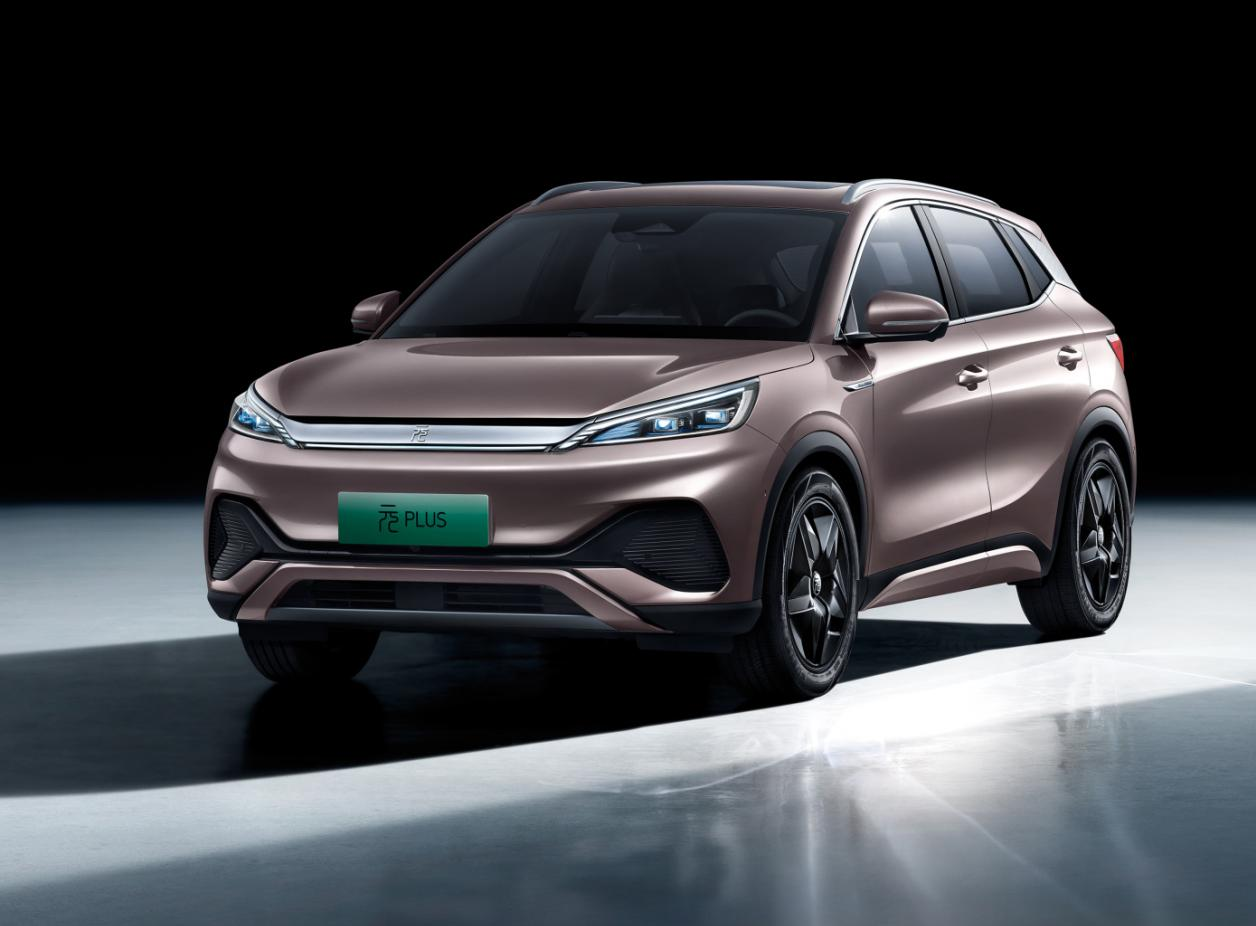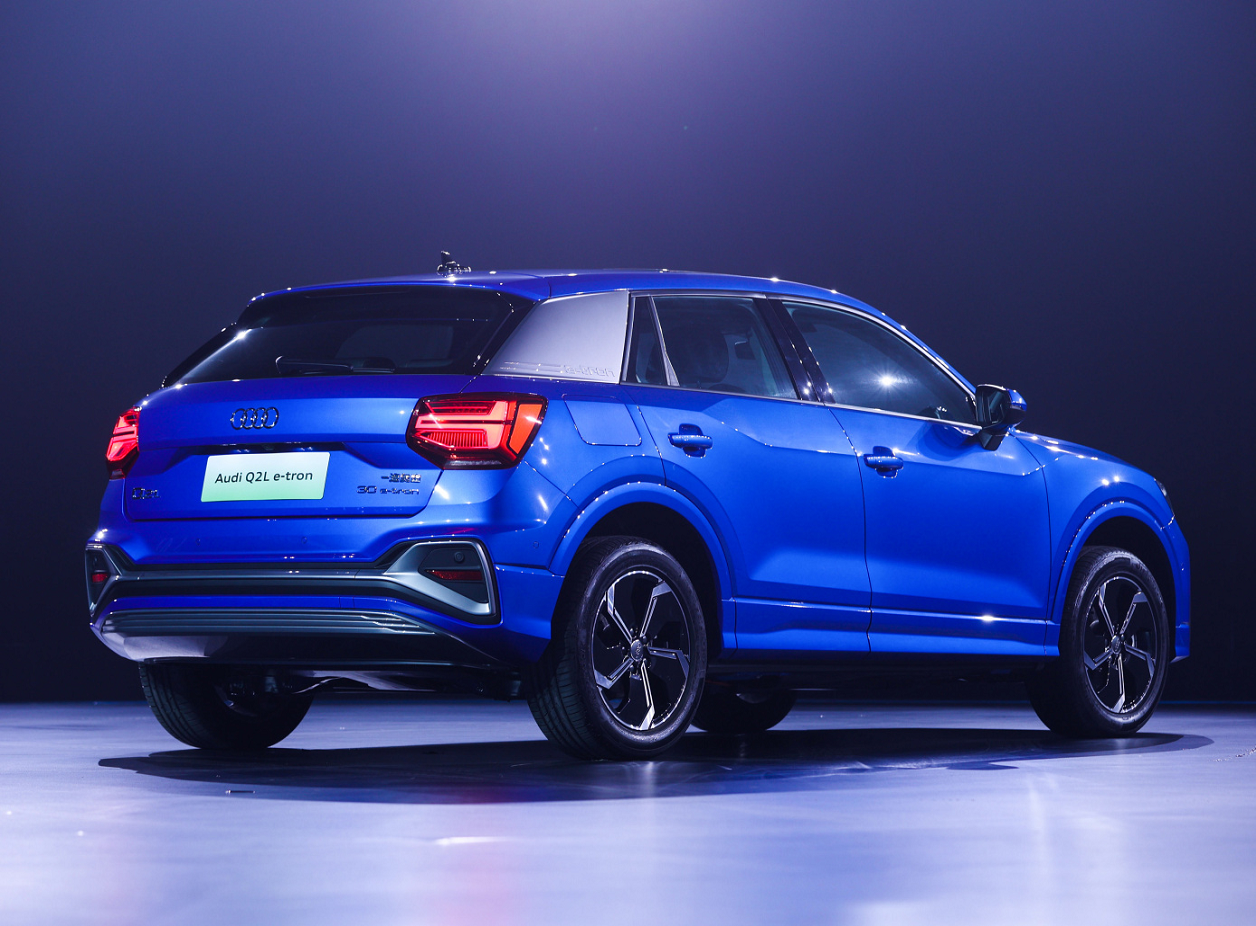New energy vehicles: Competitive forces and new battlegrounds
From January to October 2021, China’s NEV production reached 2.57 million units and sales reached 2.54 million units, a year-on-year increase of over 180%. Calculated by sales, the market penetration rate of NEVs reached 12.1%. Although adversely affected by COVID-19, production capacity, and the global chip shortage, the annual sales of NEVs were expected to exceed 3 million units and secure a market share of 13%-14% by the end of 2021.
China’s latest 15-year development plan (2021-2035) for the NEV industry has set a market penetration target of 40% by 2030. In order to meet this target, the NEV market share will have to grow at an average annual rate of nearly 3% over the next 9 years. Based on recent trends, this is not an insurmountable goal. Moreover, the NEV market is expected to reach a scale of trillions of RMB by that time. Furthermore, international analysts expect that the annual sales of electric vehicles will reach 28 million units by 2030 and 48 million by 2040, surpassing that of gasoline and diesel models.
What is fuelling the future of electric vehicles? First, climate change and policy regulations. In the coming decades, human beings will face five significant challenges: carbon emissions and climate change, an aging population, continued urbanisation, the rise of the middle-class, and a widening wealth gap.
Countries worldwide are now adopting new energy as a strategic development direction and encouraging the green transformation of the automotive industry. The European Union, for example, has pledged to reduce greenhouse gas emissions by at least 55% by 2030. Meanwhile, the United States is aiming to make half of all cars NEVs by 2030. If China can meet the targets outlined in its proposed development plan, the Chinese auto industry will reach peak carbon emissions in 2030.
Second, technological innovation and mass adoption of critical technologies are the key to NEV development. Electric vehicles have had their ups and downs throughout history. In 1834, American blacksmiths built the first electric motor-driven vehicle, half a century before the rise of internal combustion engine vehicles (ICEVs).
Electric cars entered their “golden age” in the early 20th century, when they accounted for 38% of the US market, compared with 22% for gasoline and 40% for steam-powered vehicles. In 1911, the New York Times reported about the electric vehicle: “It is economical, emits no exhaust fumes, and is an ideal means of transportation.”
However, electric cars were phased out of the auto market in the mid-20th century due to the reduced cost of internal combustion engines, the increasing popularity of gas stations and the excessive charging time of battery-powered vehicles. Even the oil crisis and environmental pollution in the 1970s did not help EVs make a comeback.
Electric vehicles have also compared unfavourably with their ICEV counterparts in terms of price (something which is still true today). In 2019, the average production cost of a NEV was $12,000 higher than that of an ICEV, with all but some high-end models typically being sold at a loss.
Tesla, the undeniable leader in NEVs, offers some good news, however. In the third quarter of 2021, the company reported total revenue of $13.8 billion, including $11.7 billion in EV sales (and only $279 million in the sales of carbon credits). Its third-quarter net income closed at $1.6 billion, up 389% year-on-year.


With technological advancements, the production cost for electric cars will continue to fall. Market supply and demand will also become more balanced with increased customer recognition and improved manufacturing capabilities. McKinsey’s analysis shows that NEVs can reach cost parity with ICEVs by 2025.
Third, consumer interest in NEVs is increasing. According to a survey from Consumer Reports on electric cars, a whopping 71% of US drivers say they would consider buying an EV at some point in the future. As for Chinese consumers, the percentage of those willing to buy a NEV has risen from .
MORE